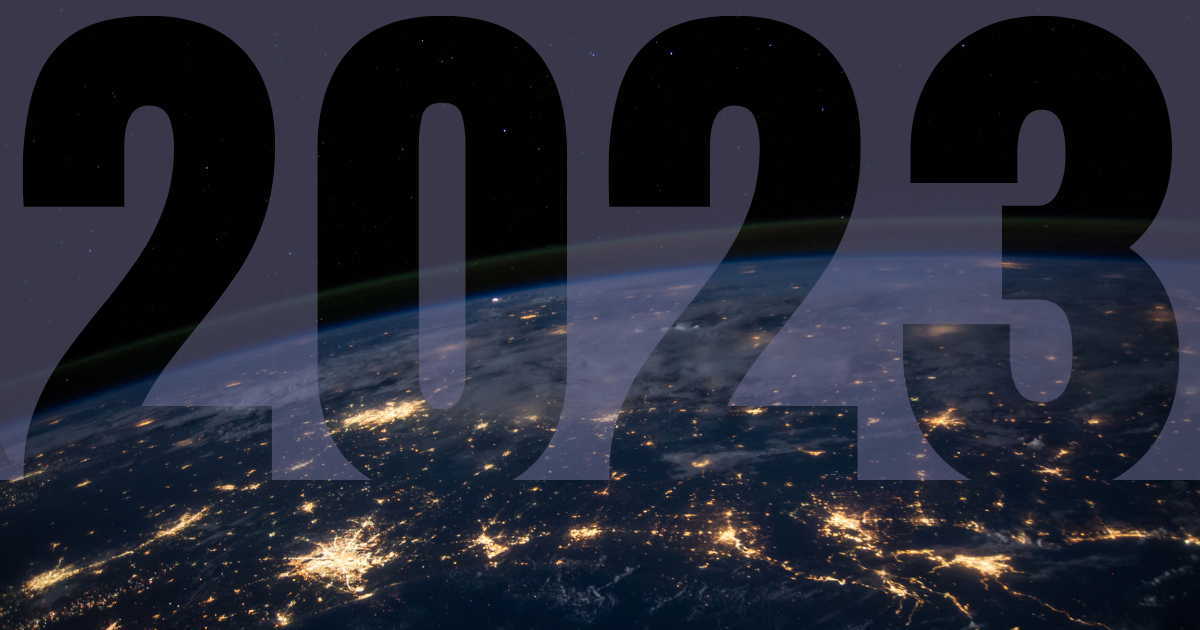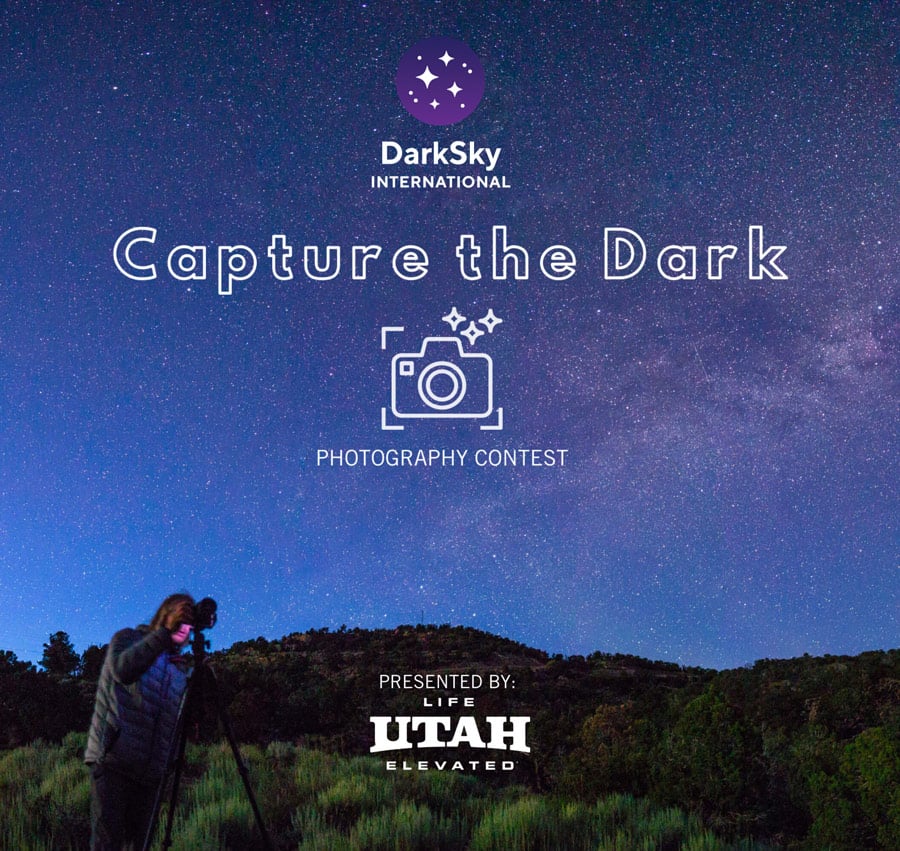
Planning Your Next Trip to the Dark Side

When was the last time you saw a star-studded sky? Was it in your backyard last night or on your family vacation to a national park last summer? Perhaps a true night sky is a mere childhood memory, that has since been clouded by light pollution in your community. Or maybe you’re planning a trip to see the Milky Way in all its glory for your first time. Whatever the case may be, opportunities to experience the awe of a beautiful night sky are plentiful if you know where to look.
HOW TO FIND A DARK PLACE
The next time you feel the pull to connect with the cosmos, there are many resources to help you find places to experience the night without artificial light.
Check out our International Dark Sky Places Program! DarkSky International has designated hundreds of International Dark Sky Places, certified for their excellent sky quality, conservation of the night with dark sky friendly lighting, and public outreach and education around dark skies. Find an International Dark Sky Place near you.

Can’t access an International Dark Sky Place? There may still be dark areas nearby. Check out the New World Atlas of Artificial Sky Brightness created from the “World Atlas” data or the NASA Blue Marble Navigator for a bird’s eye view of lighting in your region. This detailed interactive map, that displays overlays to show light pollution, can also help you identify areas for stargazing and illustrates how prolific light pollution is all over the world.
PLAN YOUR VISIT
Now that you know where to find dark skies, it’s time to consider the best time to visit. What do you hope to experience during your visit? Are you looking to catch an astronomical event or want to enjoy the night under the light of a full moon? Plan the timing of your trip accordingly.
Check out Sky & Telescope’s article “Celestial Highlights in 2019”, which includes a calendar of lunar and solar eclipses and significant meteor showers, for inspiration. To forecast the best nights for your sky watching, use a moon phase calculator and calendar like those offered on The McDonald Observatory’s StarDate website. To help plan your sky watching in advance, the Clear Sky Chart uses forecasts to show when the weather might be best for observing the night sky in your area.
Before making your plans official, reach out directly to the site managers for up-to-date information about hours, closures, weather, and whether they have rain/cloud dates for planned star parties.
EXPLORING THE NIGHT SKY

Once you’ve determined where and when you want to visit, it’s time to turn your attention skyward. There are lots of resources available to learn about the sky above you.
If you’re new to stargazing, consider attending a local event to learn from experienced astronomers in your community. Local events may be scheduled around the new moon, when the stars are brightest, but looking up with the light of the full moon can be interesting too, especially if you want to observe the moon itself. As an article on EarthSky notes, “The best phase of the moon for stargazing depends on what you want to do.”
If you’re planning a visit to a park or dark place to observe a special astronomical event, check in with the park office to see if there may be opportunities to learn from local experts. Parks often offer dark sky programming, so reach out directly to site managers for details. If you’re taking the self-taught route, Skymaps.com offers free monthly guides to the night skies so you can become an expert in no time.
DARK SKY ETIQUETTE
When visiting a dark place, remember that there are likely other astronomers and visitors around you who are eager to experience or photograph the beauty of the night sky, too. Be respectful of those nearby, preserving the view of the stars for yourself and others by using a red headlamp designed for preserving night vision. Minimize the light footprint of your vehicle by switching off headlights, and of your campsite by using dimmed lighting only when necessary.
If you’re going to visit a park or protected landscape, review all regulations about access and photography at night before your visit. If you notice astrophotographers in the area, practice proper dark sky etiquette by asking them before using any artificial light, as even small amounts of light can interfere with images of the night sky. If you’re interested in becoming an astrophotographer yourself, check out our publication with tips on getting started: “Astrophotography 101.”
SHARE THE WEALTH

Exploring the natural nighttime environment is a privilege not accessible to everyone. Share the wealth of your experience by becoming a citizen scientist and spreading the word about dark skies.
Whether you’re an amateur or seasoned astronomer, there are many opportunities to collect and share data during your visit to a dark place. Globe at Night offers a user-friendly web app where you can submit your measurements and observations in real time on a smartphone, tablet, or computer. This citizen-science campaign helps raise awareness of the impact of light pollution through interactive maps created from 12 years of data.
You can also help to preserve dark skies by sharing your experience. If you take nightscape photos while visiting a dark place, share them with friends on social media to spread the word about what you saw and experienced (and be sure to tag DarkSky International!). Encourage your family to schedule a dark-sky-themed trip, or plan to bring a friend along on your next adventure. You’ll inspire others by sharing your enthusiasm for dark skies, and the more your friends and family connect to natural darkness, the more they’ll want to protect it, too.



















